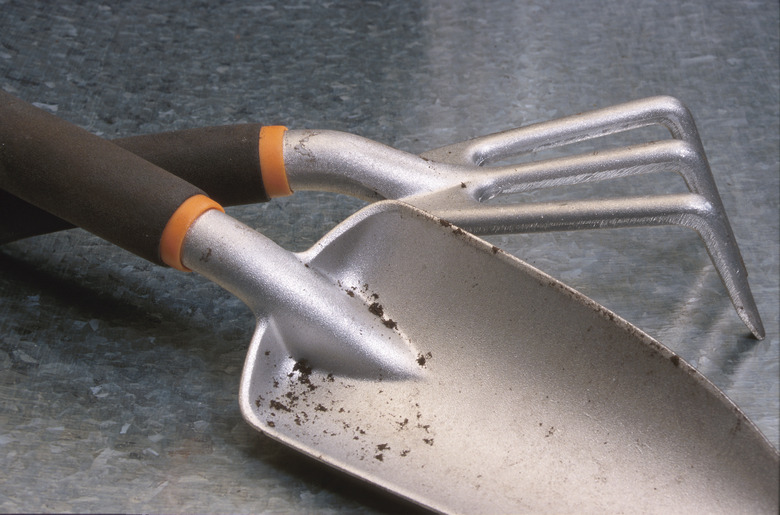How To Keep Annual Plants Alive For Next Summer
There are five different types of annuals: hardy annuals, half-hardy annuals, tender annuals, warm season annuals and cool season annuals. Hardy annuals are the only ones that can survive harsh winter conditions without being winterized. The other types will die at the first frost.
There are five different types of annuals: hardy annuals, half-hardy annuals, tender annuals, warm season annuals and cool season annuals. Hardy annuals are the only ones that can survive harsh winter conditions without being winterized. The other types will die at the first frost. Make sure to properly winterize your annuals in order to keep them alive until the next growing season.
Step 1
Purchase enough containers to hold your annual garden. To ensure that your garden does not die out from sudden frosts, it is imperative to bring your annuals inside for the winter. Make sure that your containers have draining holes that are at least half an inch in diameter.
- There are five different types of annuals: hardy annuals, half-hardy annuals, tender annuals, warm season annuals and cool season annuals.
- Make sure to properly winterize your annuals in order to keep them alive until the next growing season.
Step 2
Fill the containers with equal amounts of perlite, sphagnum moss and potting soil. Do not use native soil.
Step 3
Dig a hole a few inches around the base of every plant. With a spade, gently lift up the plant. Do not shake off the native soil, because you can cause root damage. Plant each annual 3 inches apart.
Step 4
Pack soil around each base. Spread a 2-inch layer of mulch around the plants. Water the plants thoroughly.
- Fill the containers with equal amounts of perlite, sphagnum moss and potting soil.
- Dig a hole a few inches around the base of every plant.
Step 5
Place the containers on saucers in the basement or garage. If you have room in your home, put the plants near a window. Take your annuals out of the home after the last frost and when the soil temperatures have risen.
Frost & Annual Plants
Annuals can be broken into three groups: tender, semihardy and hardy. Tender annuals are the most susceptible to frost damage, while hardy annuals can withstand frost and cold temperatures. Semihardy annuals are intermediate between the two. Which of these groups an annual belongs to determines where it can be grown and what time of year it should be planted. Tender annuals can be severely damaged or even killed by mild frost and do not grow during long periods of cold weather. You can use the last average frost date for your region, which can be found in the Old Farmer's Almanac, for example, as a guide to when you can plant tender annuals. Examples of annual plants that fall into this category include geraniums (Pelargonium hortorum), marigolds (Tagetes patula) and zinnias (Zinnia elegans). Vegetables such as beans, squashes and peppers are also tender annuals.
- Place the containers on saucers in the basement or garage.
- Take your annuals out of the home after the last frost and when the soil temperatures have risen.
Things Needed
- Containers
- Saucers
- Perlite
- Sphagnum moss
- Potting soil
- Spade
- Mulch
Warning
Refrain from setting your annuals near any heaters to avoid dehydrating your plants.
Tip
Water your annuals indoors when the top soil feels moist. Lift the container and pour water until it runs through the draining holes. Allow the water to run before placing on saucers.
References
- North Carolina University: Types of Annuals
- Reiman Gardens-Iowa State University
- Clemson Cooperative Extension: Growing Annuals
- University of Idaho Extension: Hardy, Semi-Hardy and Tender Annuals
- Purdue University Consumer Horticulture: The Fall Vegetable Garden
- The Old Farmer's Almanac: Frost Chart for United States
